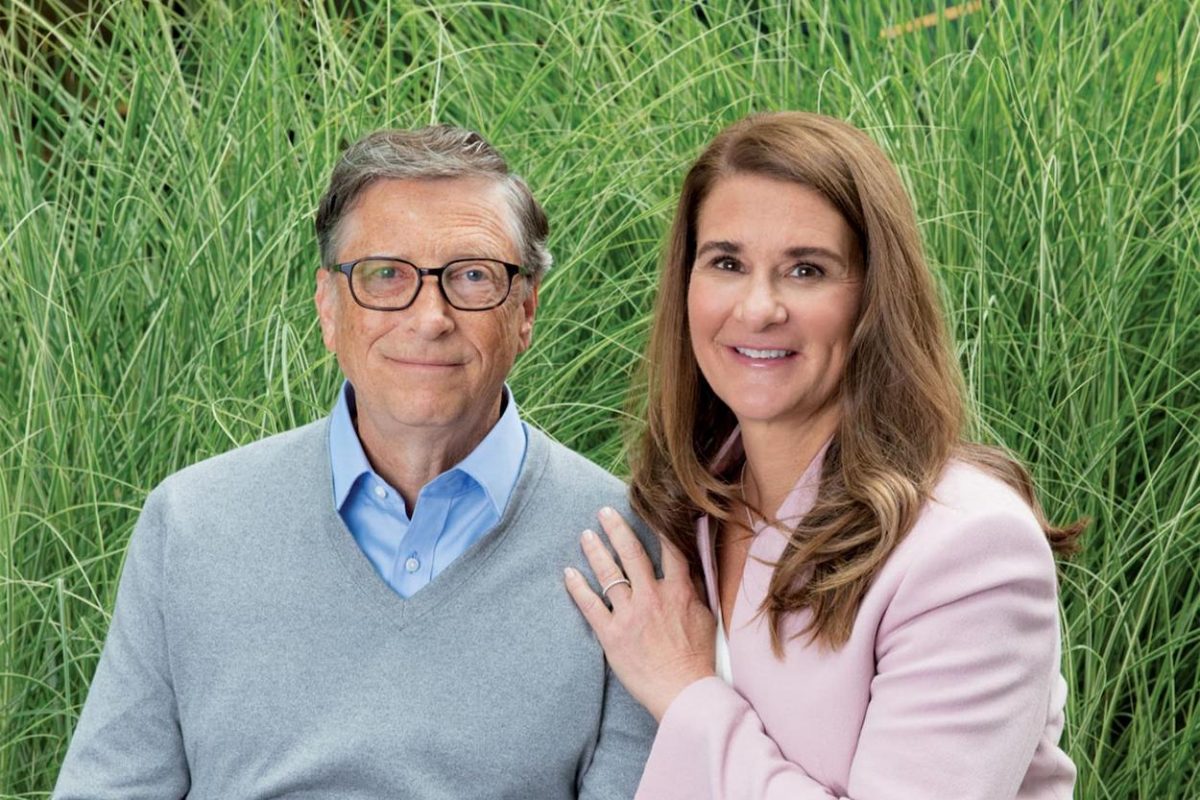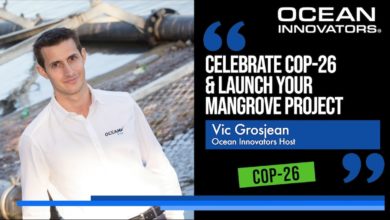- An effort to Reinvent the Toilet
- Gates Foundation: Reinvent the Toilet Challenge and Fair
- Current state and future of the project
Gates Foundation’s project on reinventing the toilet offers an innovative outlook to sanitary problems faced by over 4.5 billions people. Started 9 years ago, the project focus on innovation at the opposite of the occidental toilet concept.
An effort to Reinvent the Toilet
Bill and Melinda Gates Foundation: The sanitisation problem impacts the ocean as well. The traditional flush toilets waste a large quantity of drinking water and are often impractical in many areas of the developing world. Those areas have rarely treatment structure to take care of human wastes which end up being discharged directly into lakes, rivers, and oceans.
Bill and Melinda Gates have launched in 2011 the “Effort to Reinvent the Toilet”. This initiative participle to the objectives of their foundation, notably to eradicate polio and improving the quality of water, sanitation and hygiene around the world. The purpose is to widespread the use of safely managed, sustainable sanitation services. By doing so, it also contributes to the positive health of the local population and to clean water and sanitisation of the area.
The past 9 years of the project have seen the great project to come to life with all the same objective to create affordable, self-maintaining sanitation.
Gates Foundation: Reinvent the Toilet Challenge and Fair
The Gates foundation introduced a challenge to universities “to design toilets that can capture and process human waste without piped water, sewer or electrical connections, and transform human waste into useful resources, such as energy and water, at an affordable price.”
A year later, the foundation honoured invention such as a solar-powered toilet that generates hydrogen and electricity or a toilet that produces biological charcoal, minerals, and clean water.
In the developing world, an estimated 4.5 billion people practice open defecation or use facilities that do not safely dispose of human waste. Hence, the ultimate goal is to deliver safe and sustainable sanitation, ideally without connections to water supply or sewer systems, to billions of people worldwide who do not have access to it. New sanitation solutions consider the environment in which they will be deployed including in regions that are flood-prone, or land, water, or money-poor.
Current state and future of the project
The project is still running today, the latest fair was in 2018 in Beijing where China has announced their goal to install nearly 150,000 public toilets, servicing primarily low-income communities across the world through the “Toilet Revolution” initiative.
Useful resources:
Bill and Melinda Gates Foundation Website | Instagram |Twitter | Youtube |Flickr








